By William Lunderberg
From his naval base at Tawi Tawi in the southern Philippines, Japanese Admiral Soemu Toyoda anxiously perused intelligence reports that might provide a clue to the objective of the next seaborne South Pacific invasion by American military in the spring of 1944. Ever since its costly defeat at Midway Island in June 1942, the Imperial Japanese Navy had been pushed inexorably westward by the combined sea and air power of the United States. As commander-in-chief of the Japanese Combined Fleet, Toyoda visualized two possible options by his opponents. The U.S. Navy might steam west from its bases in the Marshall Islands to storm ashore at Guam or Saipan in the Marianas. Or else they could strike northwesterly from land bases near New Guinea to attack the Japanese bastion at Palau. Toyoda reluctantly realized that the Imperial Japanese Navy was no longer large enough or powerful enough to defend against both potential options at once. Only by concentrating his defensive forces in front of one of the perceived objectives could he even hope to cope successfully with the impending American assault.
Toyoda’s solution to his dilemma was to station six relatively small coastal submarines along a picket line from Manus, one of the Admiralty Islands north of New Guinea, to the Japanese stronghold at Truk in the Carolines, across which an American invasion fleet probably would pass. He reasoned that the scouting patrol would report the destination of any necessarily huge seaborne American force, giving him time to position ships and planes to oppose it.
Submarines Used for Regular Patrols
The submarines deployed as the barrier patrol were all Kaisho types of the RO-100 class, specifically RO-104, RO-105, RO-106, RO-108, RO-116, and RO-117. Originally designed as coastal boats for the defense of Japanese airbases in the Pacific Ocean, the subs previously had been used against heavily screened American warships, with severe losses. They were relatively small boats, 200 feet in length, with surface displacement of 600 tons. Powered by two 1,000-horsepower diesel engines for surface steaming and two electric motors for submerged operations, the vessels had a maximum surface speed of 14 knots, reduced to eight knots underwater. As offensive armament, the RO-100 class boats mounted torpedo tubes forward and one 76mm gun on deck. Manned by 38 officers and enlisted men, the subs’ Achilles heel was a maximum diving depth of only 245 feet. This made them vulnerable not only to standard depth charges, but also to the new hedgehog projectiles fired from U.S. Navy destroyer escorts (DEs), which sank quickly through the water and exploded on contact.
The hedgehog weapons system had been conceived by the British Royal Navy in 1940. Developed and successfully tested during combat against German U-boats in the Atlantic, it was adopted by the U.S. Navy and widely mounted on destroyer escorts by 1944. Consisting of a steel framework firmly mounted on deck forward of the bridge, the hedgehog projector featured a bristling array of 24 launching tubes, or spigots, arranged in four rows, each six deep. The mortar-like projectiles, which contained only about 30 pounds of explosives, were fired electrically from the bridge or the mount. They were launched in pairs about one-tenth of a second apart. The projectiles landed in an elliptical pattern, at nearly the same time, about 200 to 250 yards in front of the attacking ship. Since the explosive charge of each missile was so small, only a direct hit on a submerged submarine’s pressure hull could sink the boat. Strikes on ancillary structures such as the ballast tanks, conning tower or diving planes inflicted damage but rarely sank the target.
The Strengths and Weaknesses of the Hedgehog Weapons System
Although the killing power of the hedgehog was far less than that of a depth charge attack on a submerged submarine, the new weapons system overcame several disadvantages of previous systems. First, an attacking surface ship would normally lose sonar contact with the submerged enemy as it passed overhead in a depth charge attack. Second, depth charges were set to explode at a preset distance below the surface, hence a submarine would escape destruction, if not a severe shaking, if it was markedly deeper or shallower than the explosion depth. Third, depth charge explosions seriously roiled the ocean depths, creating interference or false echoes on sonar that sometimes permitted the submarine target to escape. Hedgehogs, by contrast, had none of these disadvantages. They were fired when the attacking ship was about 300 yards away from the target, and sonar operators could hold contact until after the salvo was aimed and fired. Small, last-second adjustments to aim could also be input at the mount. Hedgehog missiles were designed to sink rapidly, thus allowing them to reach target depth far faster than depth charges and reducing evasion time for the submarine.
The new system retained some skeptics in the U.S. Navy, however, and few American destroyers were equipped with the system, although most destroyer escorts carried one mount. The destroyer escort had been conceived and built as an emergency measure by the U.S. Navy during World War II. Designed to combat the German U-boat threat in the Atlantic, DEs were widely used for convoy escorts and in antisubmarine operations as part of hunter-killer groups. Their main advantage over conventional destroyers was that both their cost and building time were one-half as great. Of the 563 DEs completed, 78 were given to England, eight to Brazil and six to France. Thirty of them were used by the U.S. Coast Guard as convoy escorts. Those not assigned to the Atlantic were used in the Pacific for similar duties.
USS England: A Buckley-Class Warship
There were six classes of DEs built for the U.S. Navy, each succeeding one incorporating design improvements suggested by wartime experiences. USS England (DE-635) was one of 102 Buckley-class ships. Senior officers on battleships and cruisers referred to destroyers and destroyer escorts pejoratively as “small boys,” as they were small in comparison to the larger ships of the line. Commissioned in December 1943, England had a length of 306 feet and displaced 1,673 tons. Powered by a turbo-electric drive generating 12,000 horsepower turning one screw, England had top and cruising speeds of 23 and 12 knots respectively. For antisubmarine armament, she mounted two stern depth-charge racks, eight K-gun projectors, and one hedgehog mount, plus contemporary sonar equipment. In 1944, most Buckley-class DEs were manned largely by reservists, with only a small cadre of regular Navy personnel among the normal complement of 15 officers and 198 enlisted men. The performance of individual DEs was influenced to a large degree by the experience and skill of their senior leadership, particularly the skipper and his executive officer. By comparison to many of her peers, England was blessed to have competent officers assigned to both of those key billets.
While Admiral Toyoda was pondering the impending assault by U.S. Navy invasion forces, England was based in the Solomon Islands, assigned to Escort Division 39, which included destroyer escorts USS George (DE-697) and USS Raby (DE-698). Commander Hamilton Hains was division commander and officer in tactical command of the escort division, based aboard the George. Commanding the England was Lt. Cmdr. Walton B. Pendleton, a 1921 graduate of the United States Naval Academy. Pendleton had served for over a decade as a lieutenant in the Navy during the frugal 1930s, when steaming warships were scarce and officer promotions were slow. By the start of World War II, he had served aboard several ships, including a command tour on the USS Tern. Pendleton had been given temporary promotion to lieutenant commander in 1942 and took over at England’s helm in December 1943, successfully shepherding the ship through mandatory training at the Miami Submarine Chaser Training Center, then sailing to the Pacific as an experienced shiphandler and skipper, an officer visibly older than many of his peers. He was supported by an experienced and competent executive officer, Lieutenant John A. Williamson.
This article is from Military Heritage Magazine.
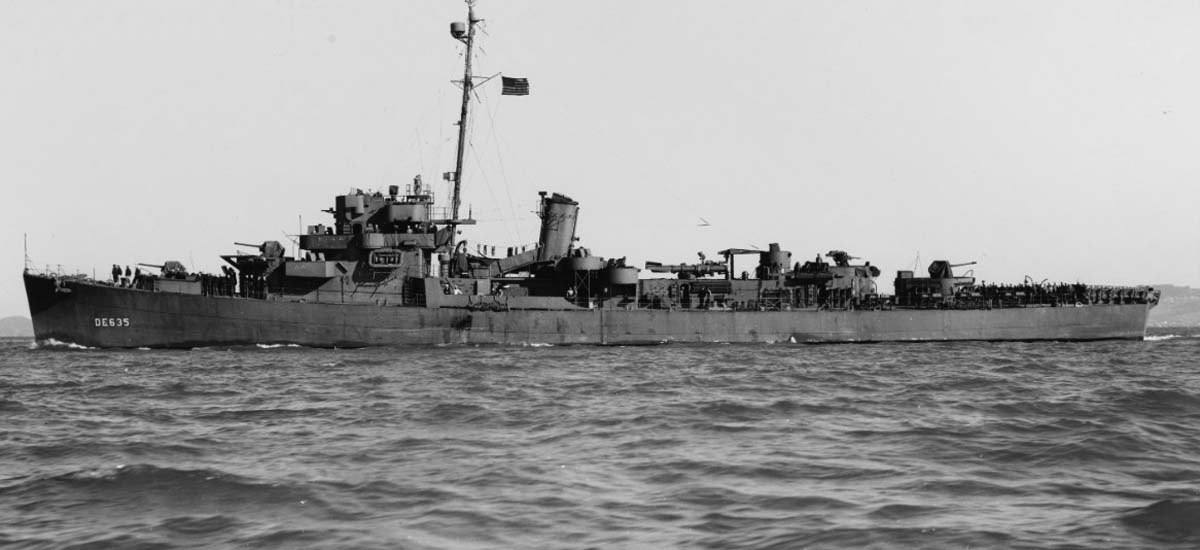
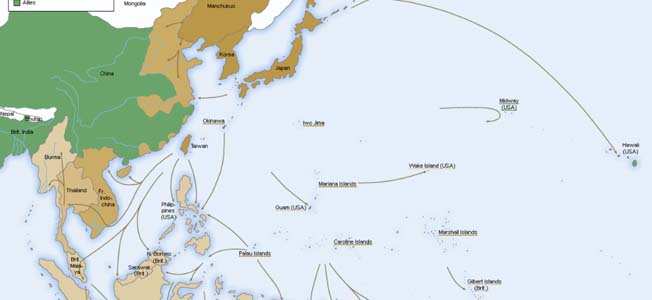
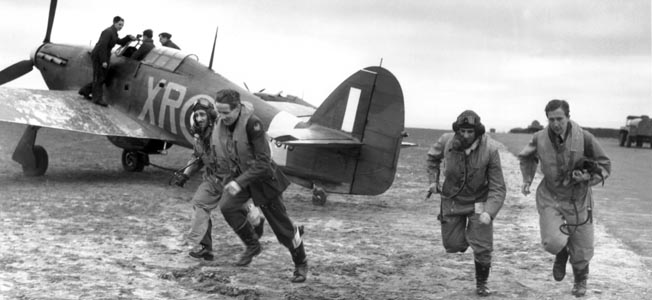
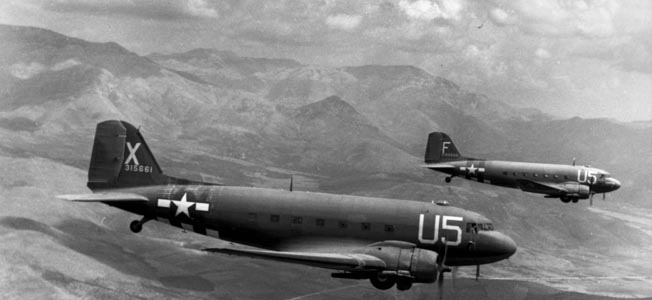
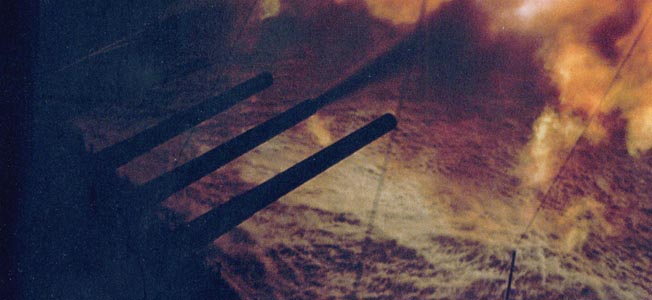

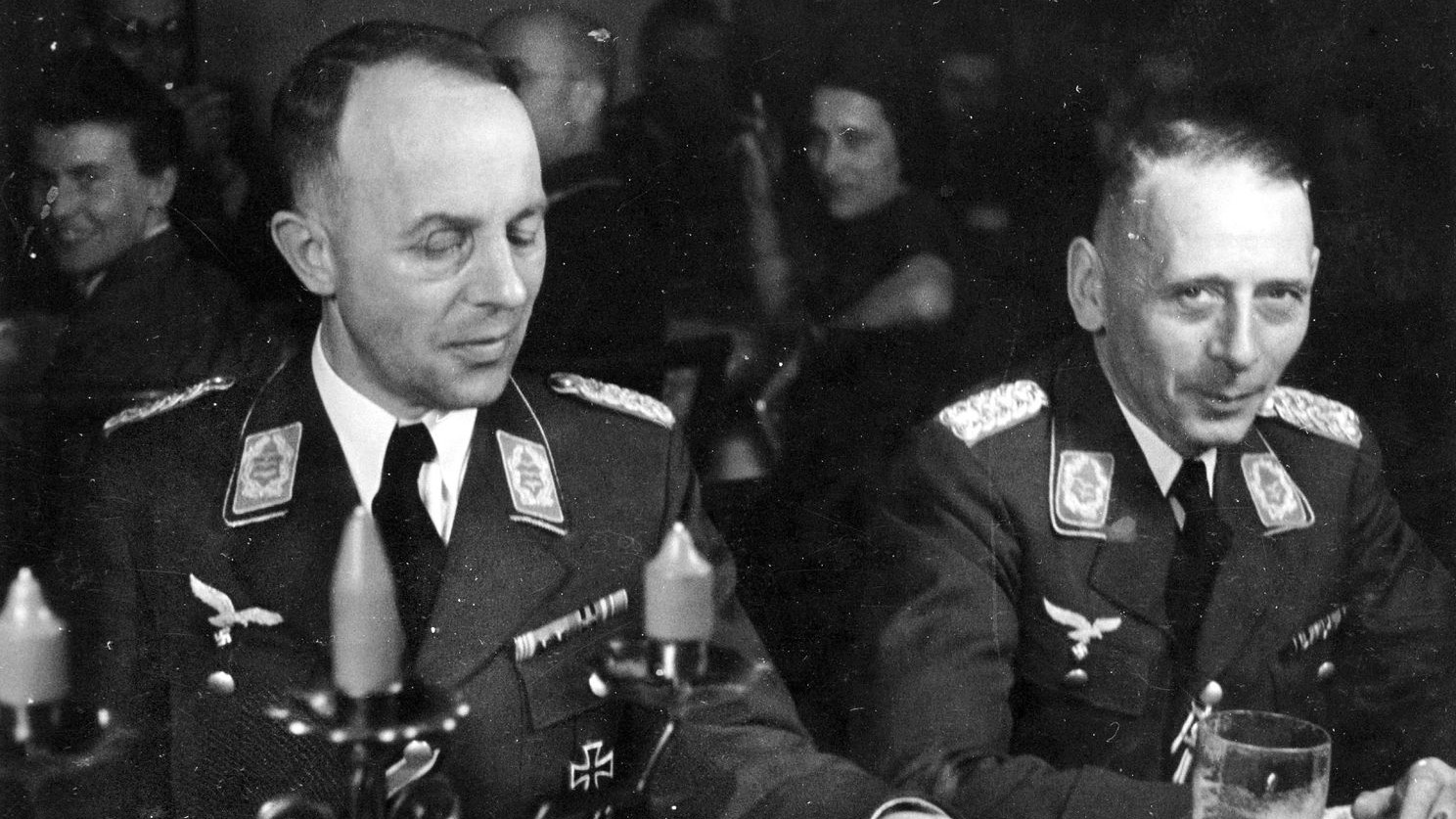
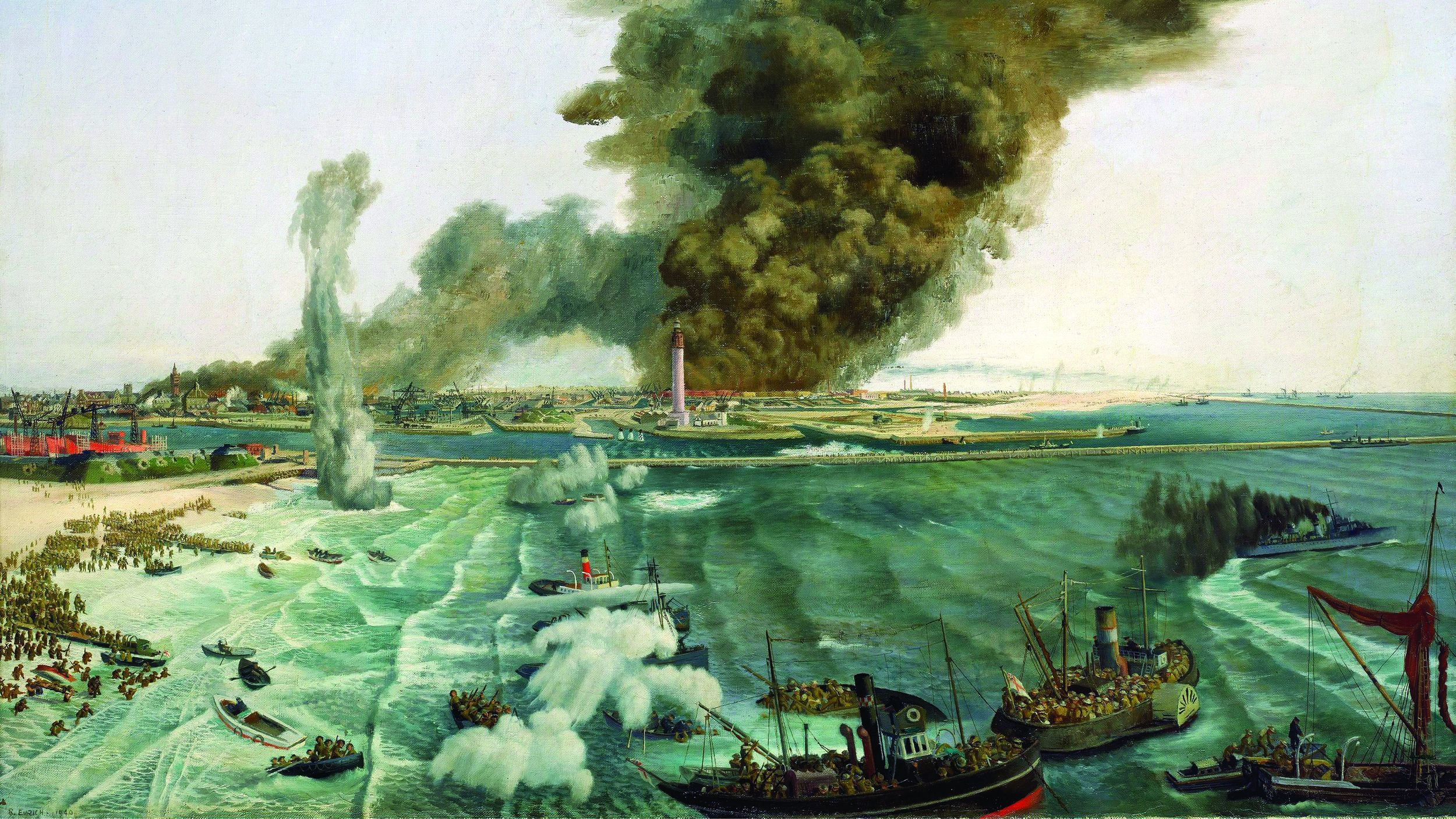
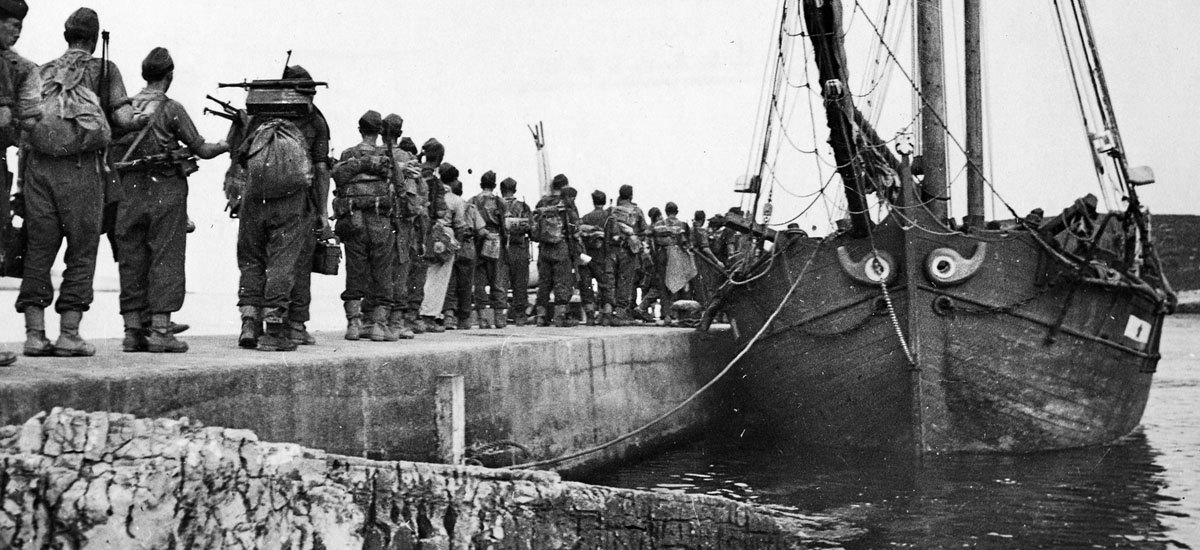
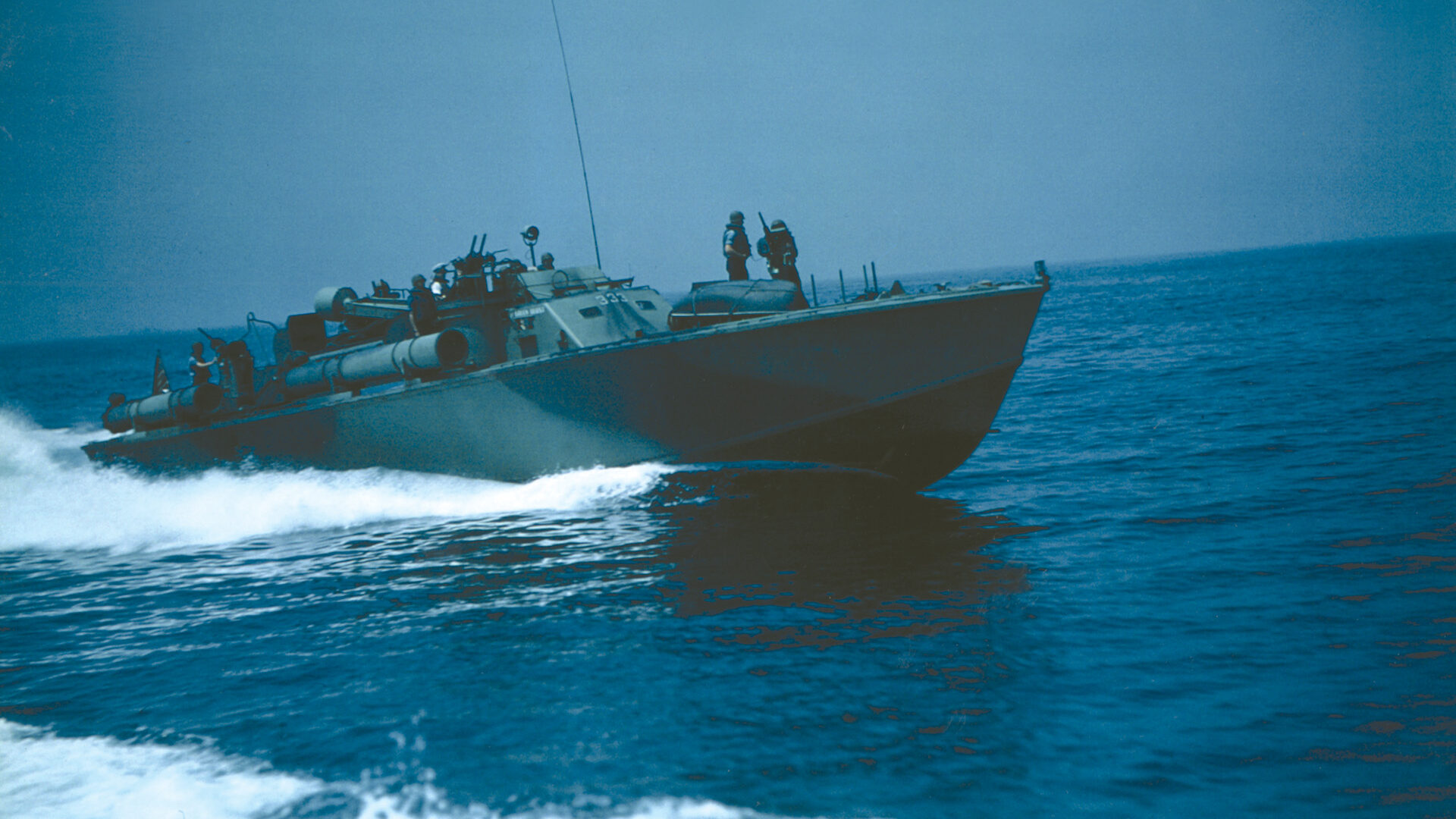
Ok
This article incompletely delt with an IJN admirals dilemma of defending against an invasion in the South Pacific, then delt with the hedgehog weapon system before switching to describing Destroyer Escorts. While all of the three subjects are interesting, the article did not finish any of the topics! I am most disjointed!
I’ll try to finish the article from my poor memory of events. The USS England went on a killing spree, sinking several of the picket U-boats. Successfully using the new Hedgehog system. Admiral Toyoda lost his early warning. U.S. forces invaded the Marianas in June. The resulting Battle of the Philipine Sea was a huge defeat for the Japanese Navy. Just my guess of where the article was heading.